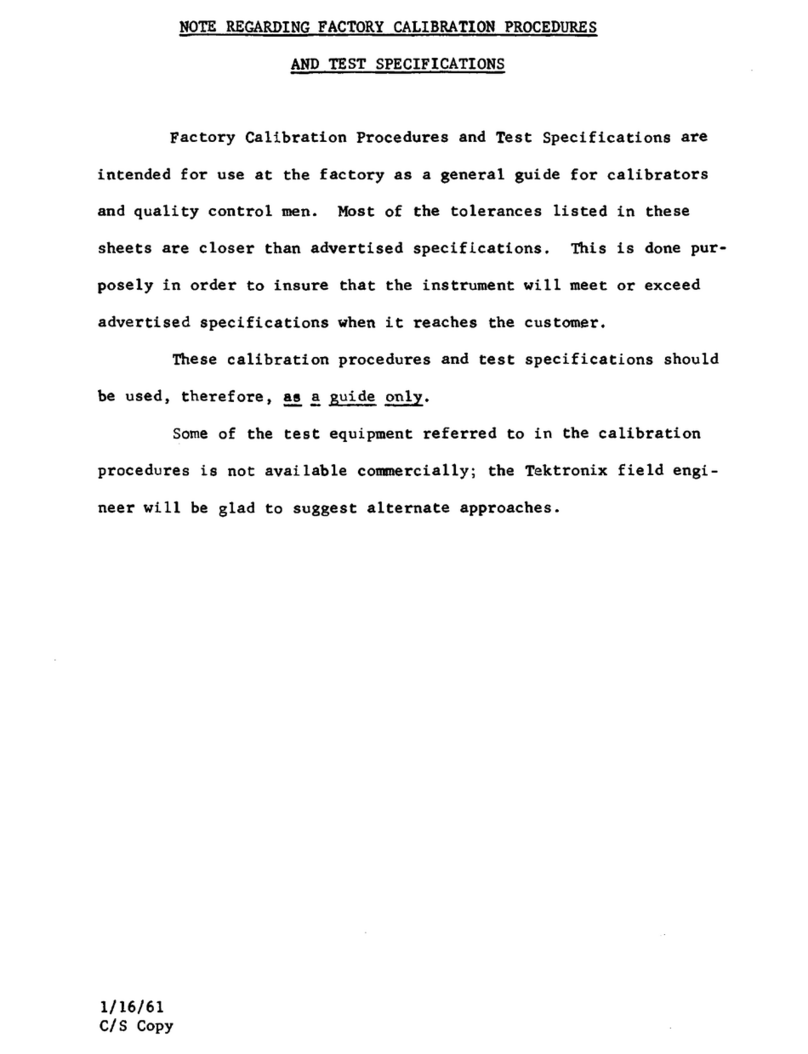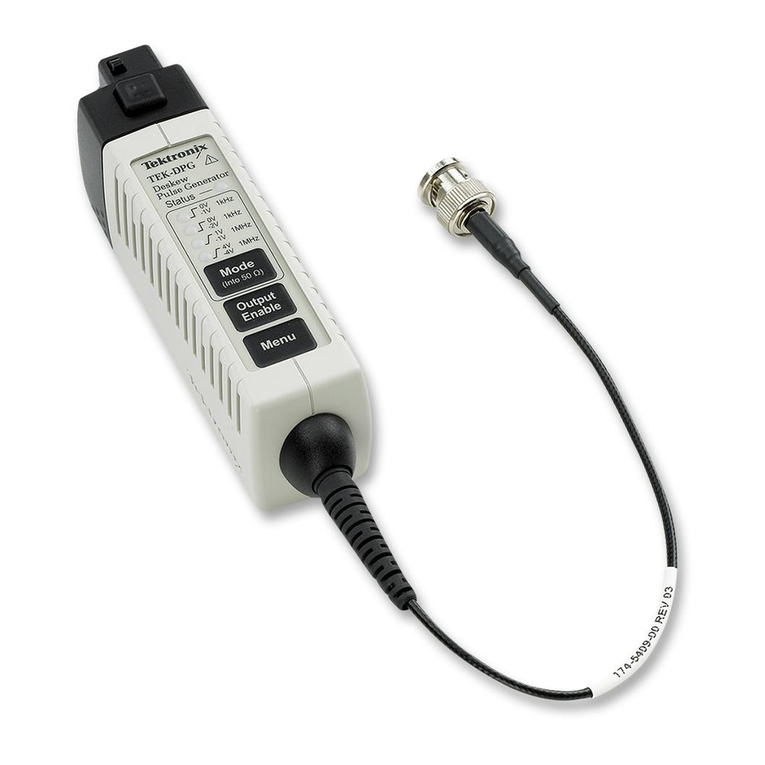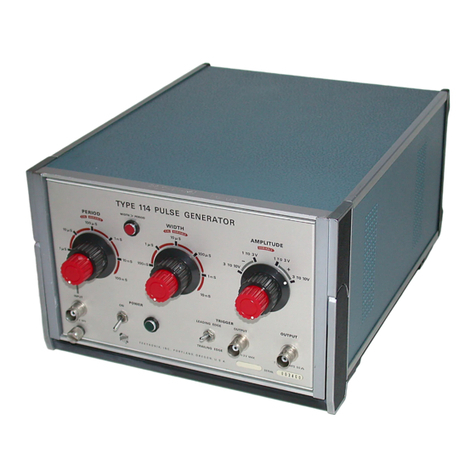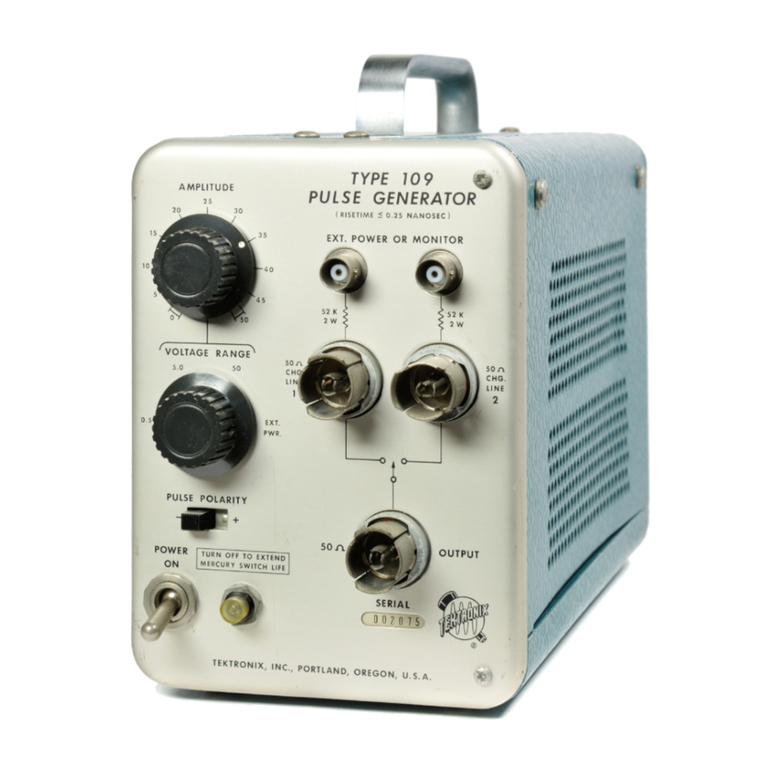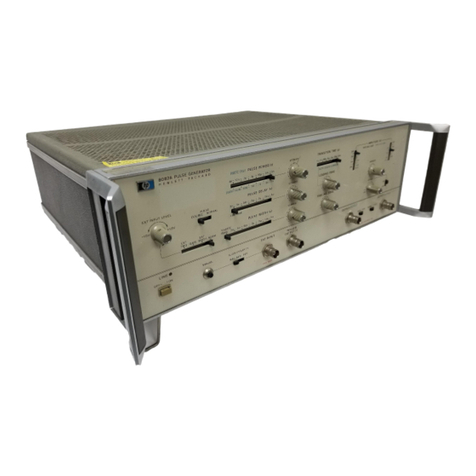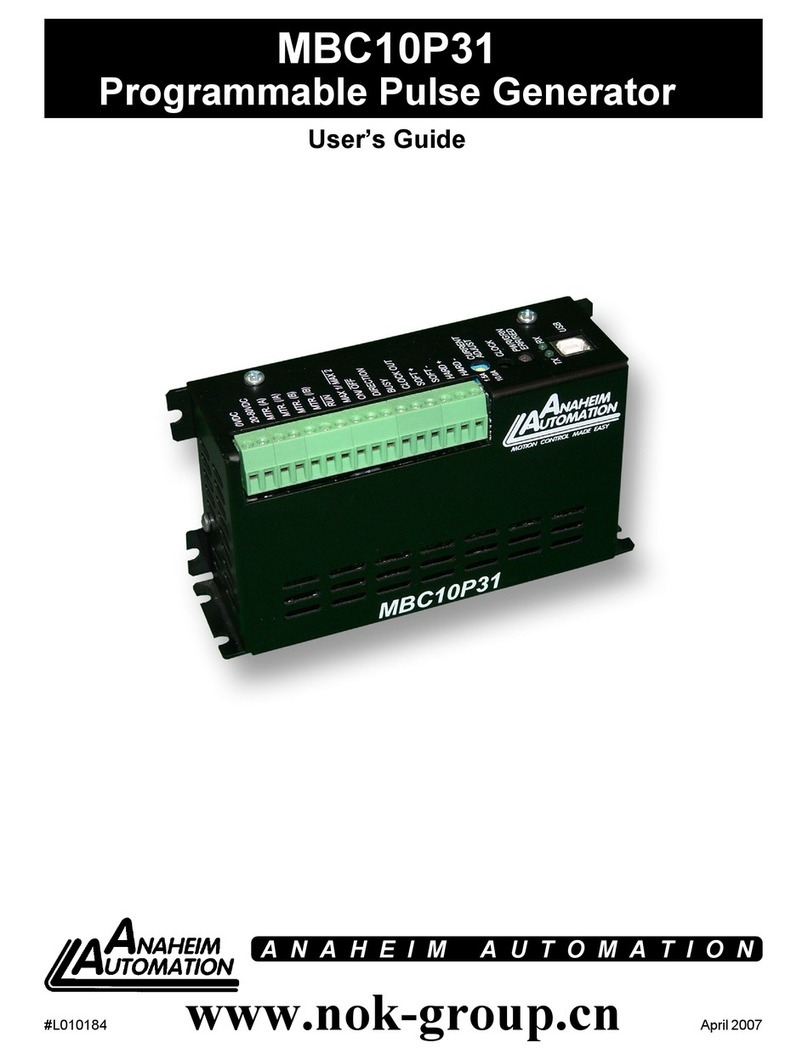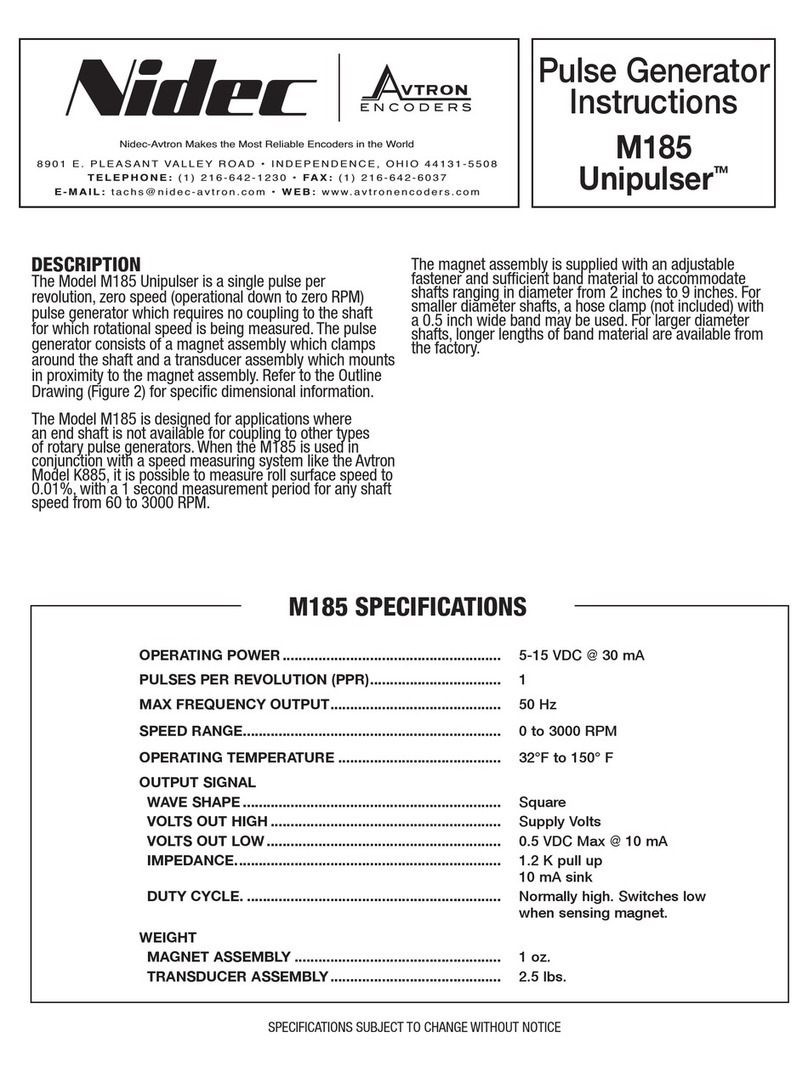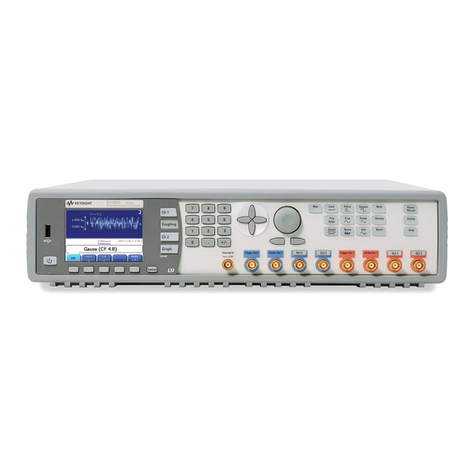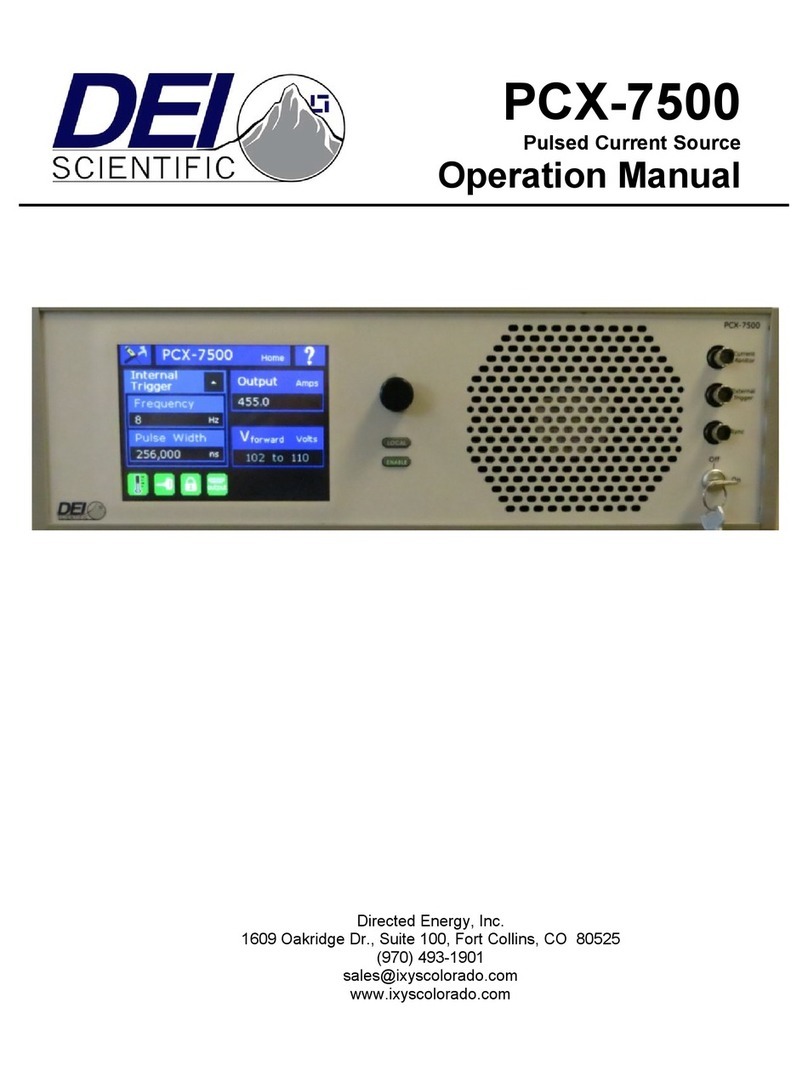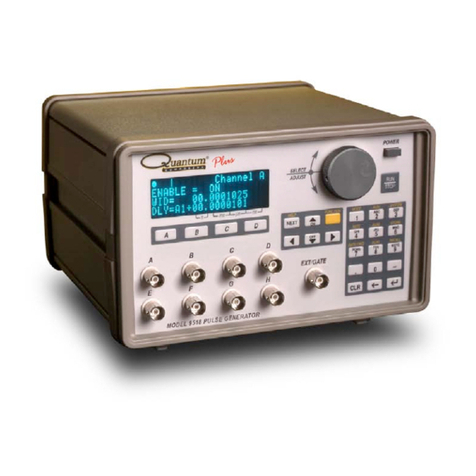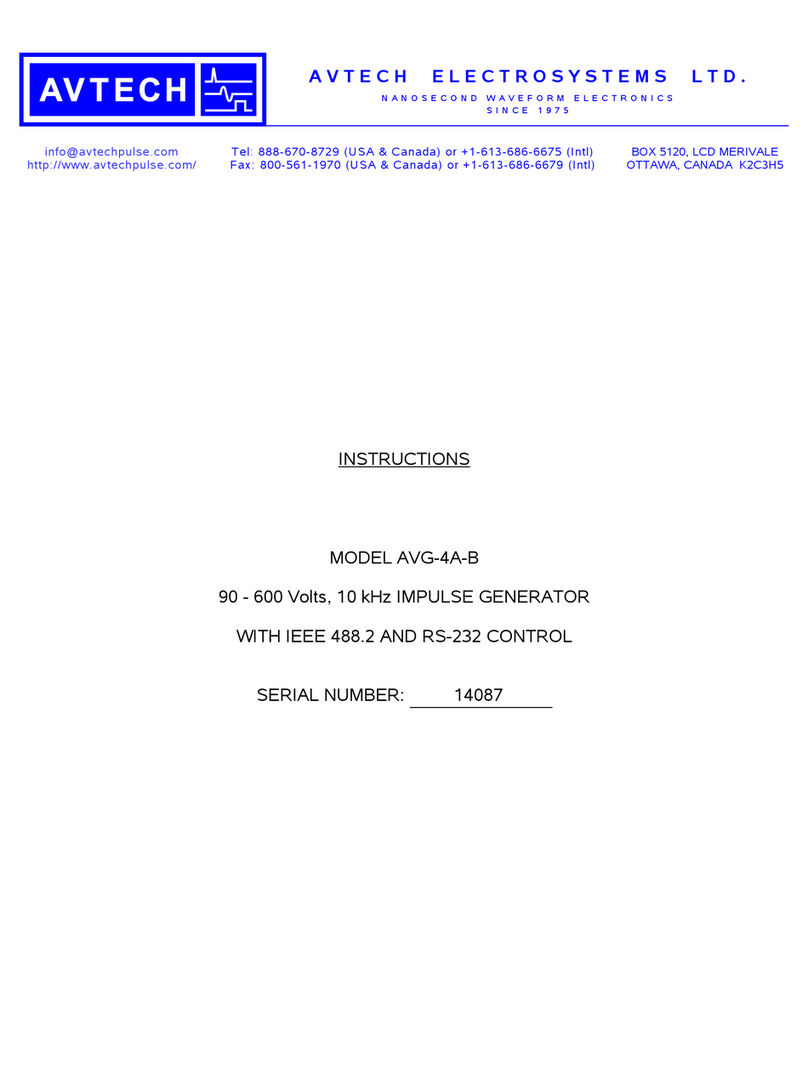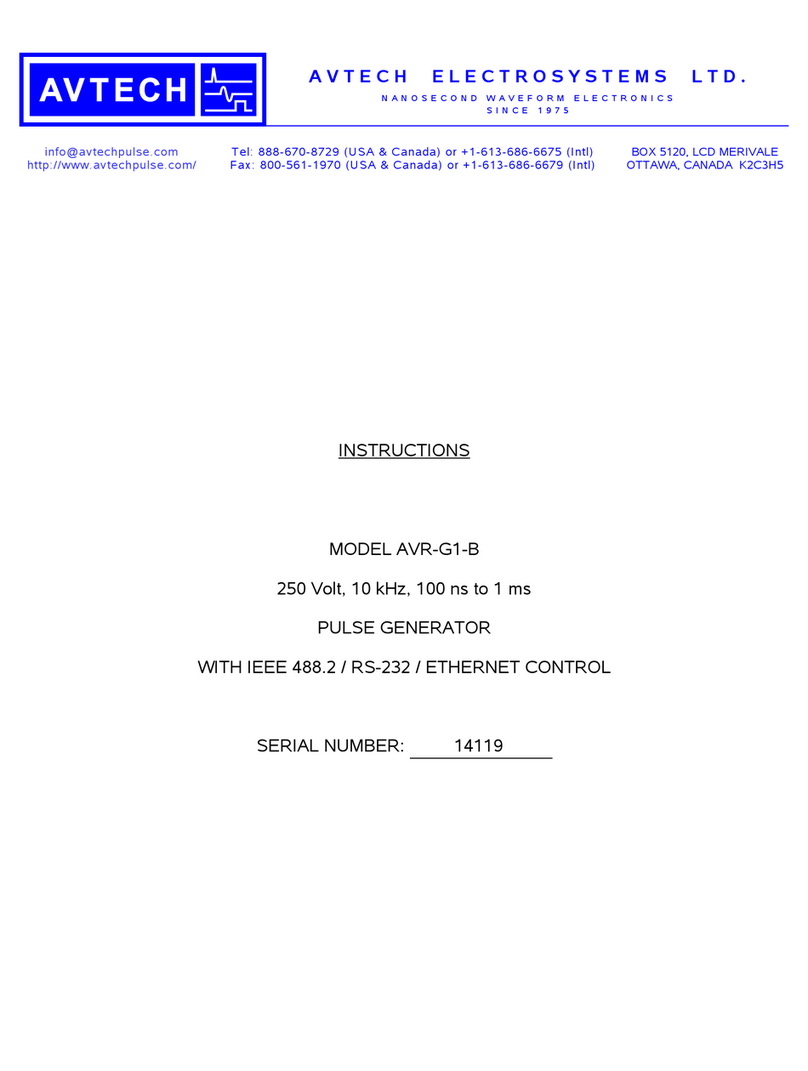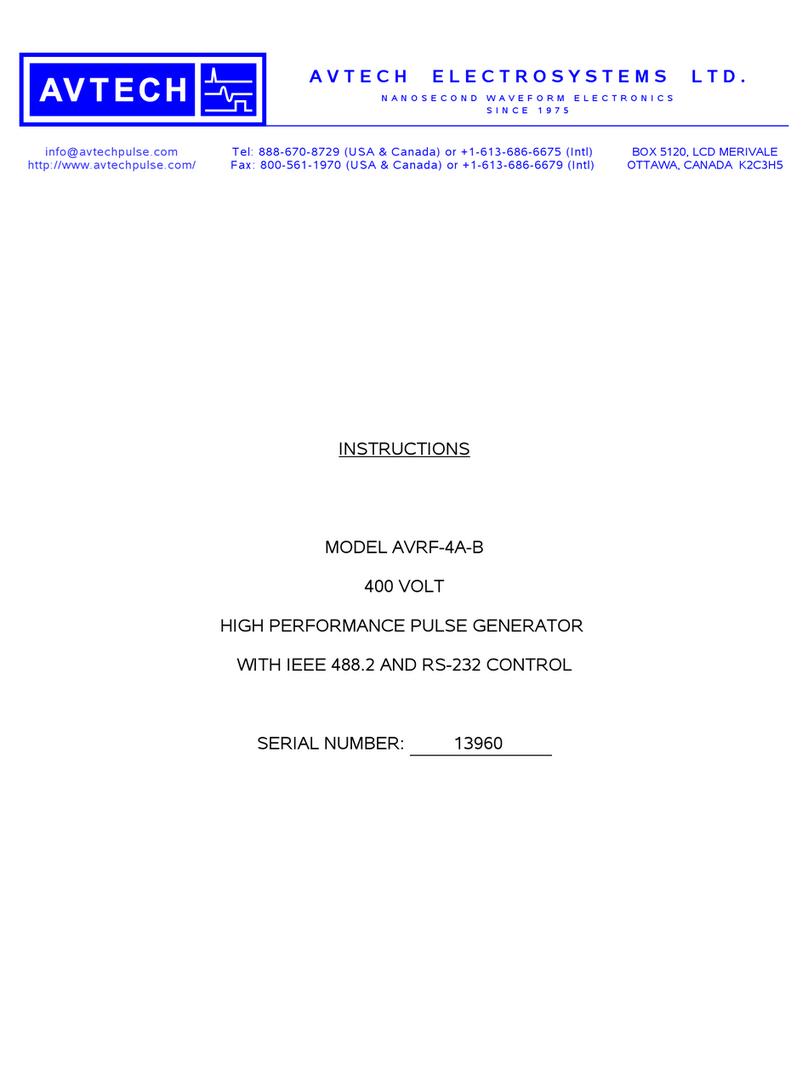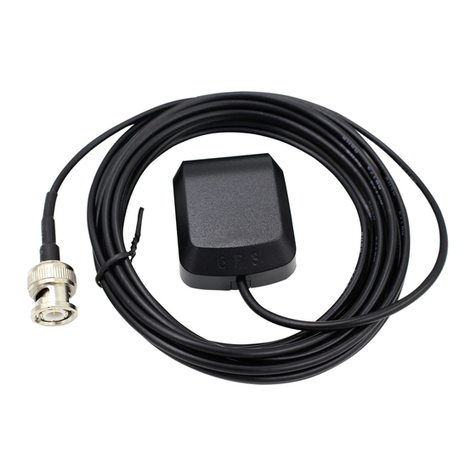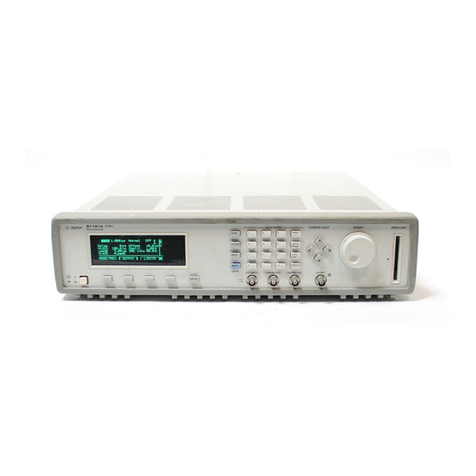
OPERATORS SAFETY SUMMARY
T)ie general safety Information In this part of the summary Is for
both operating and servicing personnel. Specific warnings and
cautions will be found throughout the marxtal where they apply
and do rat appear In this summary.
TERMS
In This Manual
CAUTION statements Identify conditiorts or practices that could
result in damaige to the equipment or other property.
WARNING statements identify conditions orpracticesthat could
result in personal injury or loss of life.
TERMS
Power Source
This product is intertded to operate from apower source that will
not apply more than 250 volts rms between the supply
conductors or between either supply conductor and ground. A
protective grourxj connection by way of the grounding conduc-
tor in the power cord is essential for safe operation.
Grounding the Product
This product is grourxtod through the grounding conductor of
the power cord. To avoid electrical shock, plug the power cord
Intoaproperly wired receptacle before making any connections
to the prcxluct input or output terminals. Aprotective grourKi
corviection bywayof the grouridirig corxtuctor in the powercord
is essential for safe operation.
Danger Arising from Loss of Ground
As Marked on Equipment
CAUTION indicates apersonal irijury hazard rx>t irrvnediateiy
accessible as one reads the markinj^ or ahazard to property,
including the equipment itself.
DANGER indicates apersonal injury hazard immediately
accessible as one reads the marking.
SYMBOLS
upon loss of the protective-ground connection, all accessible
conductive parts (including knobs and controls that mayappear
to be Insulated) can rerxjer an eiectrlc shock.
Use the Proper Power Cord
Use only the power cord and connector specified for your
product
Use only apower cord that is in good conditkxi.
Use the Proper Fuse
In This Manual
This tymbol IndtoaiM where appioable oaulfotwy
or other Mormation is to be found.
To avoid fire hazard, use ortiy afuse of the correct type, vottage
rating and current rating as specified In the parts list for your
product
Do Not Operate In Explosive Atmospheres
As Marked on Equipment
DANGER-High vottage.
Toavoidexpioeion, donotoperatethis instrumentIn anexplosive
atmosphere unless it has been specifically certified for such
operattoa
Do Not Remove Covers or Panels
ProlBCllvB ground (serto) tocminal.
ATTENTION -Refer to manual.
To avoid personal irtjury, do rxX remove the product covers or
partels. Do rvX opet^ the instrument without the covers and
panels properly installed.
PG 509 Pulse Generator InstrucUon Manual V
